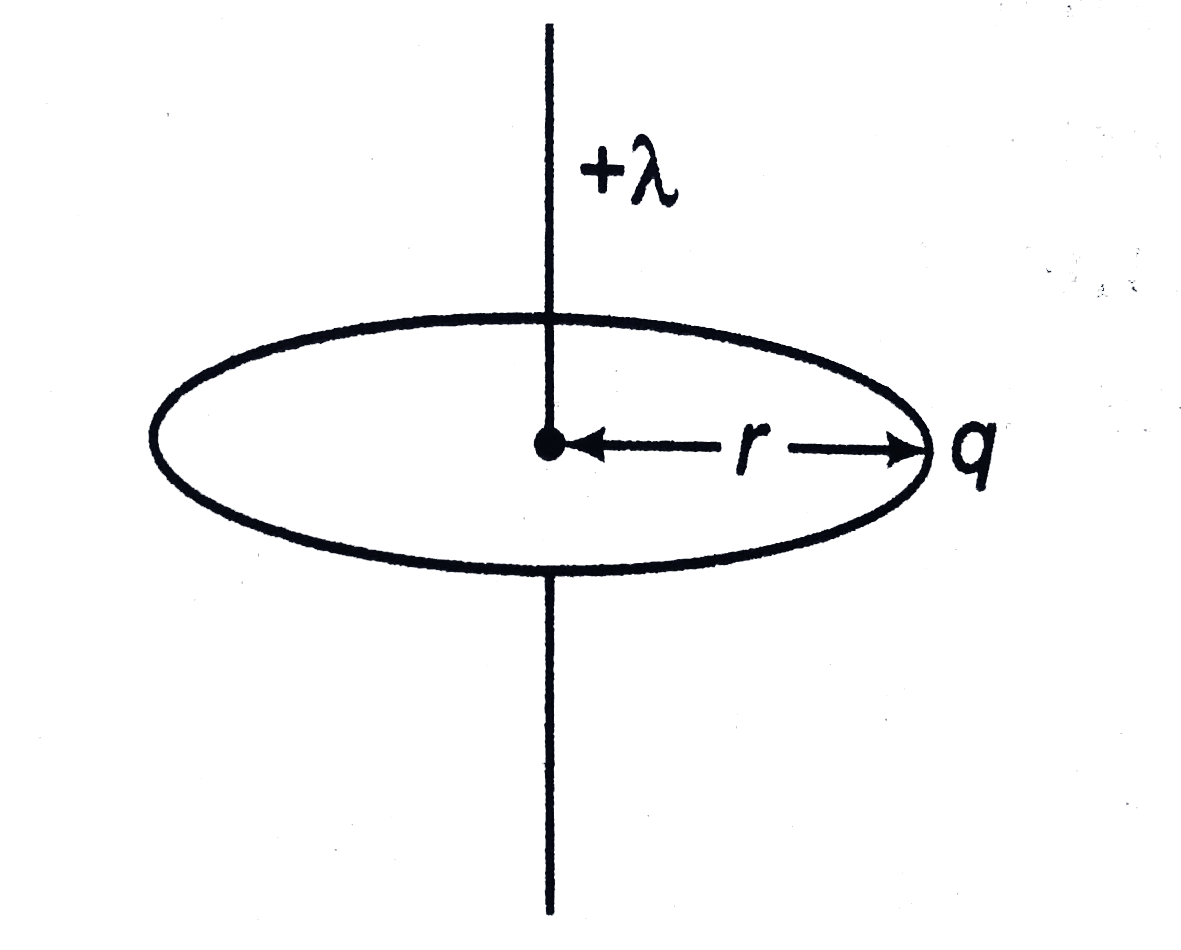A
B
C
D
Text Solution
Verified by Experts
Topper's Solved these Questions
ELECTROSTATICS
PHYSICS GALAXY - ASHISH ARORA|Exercise Advance MCQs|40 VideosELECTROSTATICS
PHYSICS GALAXY - ASHISH ARORA|Exercise Unsolved Numberical Problems|73 VideosELECTROSTATICS
PHYSICS GALAXY - ASHISH ARORA|Exercise Conceptual MCQs single option correct|70 VideosELECTROMAGNETIC INDUCTION AND ALTERNATING CURRENT
PHYSICS GALAXY - ASHISH ARORA|Exercise Advance MCQs|33 VideosGEOMETRICAL OPTICS
PHYSICS GALAXY - ASHISH ARORA|Exercise Unsolved Numerical Problems|107 Videos
Similar Questions
Explore conceptually related problems
PHYSICS GALAXY - ASHISH ARORA-ELECTROSTATICS-Numerical MCQs Single options Correct
- A particle of charge -q and mass m moves in a circle of radius r aroun...
Text Solution
|
- Electric charge is uniformly distributed along a along straight wire o...
Text Solution
|
- A copper(density of Cu=p(c)) ball of diameter dis innnersed in oil of ...
Text Solution
|
- A particle of mass m and charge q is fastened to one end of a string o...
Text Solution
|
- A small ball of masss m and charge +q tied with a string of length l, ...
Text Solution
|
- If unifrom electric filed vecE = E(0)hati + 2E(0) hatj, where E(0) is ...
Text Solution
|
- Two metal pieces having a potential difference of 800V are 0.02 m apar...
Text Solution
|
- A sphere of radius 2R has a uniform charge density p. The difference i...
Text Solution
|
- A sphere of radius R carries charge density p proportional to the squa...
Text Solution
|
- The work done in bringing a 20 coulomb charge from point A to point B ...
Text Solution
|
- In an electric field region, the electric potential varies along the x...
Text Solution
|
- Two spheres A and B of radii 17 cm each and having charges of 1 and 2 ...
Text Solution
|
- Electric potential at any point in a region is given as V=5x+3y+sqrt...
Text Solution
|
- A charge +Q is uniformly distributed in a spherical volume of radius R...
Text Solution
|
- A charge +q is fixed at each of the points x=x0, x=3x0, x=5x0,…………x=oo...
Text Solution
|
- The displacement of a chrage Q in the electric field E = e(1)hati + ...
Text Solution
|
- A non-conducting ring ofradius 0.5 m carries a total charge of 1.11xx1...
Text Solution
|
- Three semi-infinite rods uniformly charged out of which one is negativ...
Text Solution
|
- Two small balls of mass Meach carrying charges +Q and -Q, connected by...
Text Solution
|
- A particle of mass m and charge -q is projected from the origin with a...
Text Solution
|
 where , `k=1/4piepsilon_0)`
where , `k=1/4piepsilon_0)`